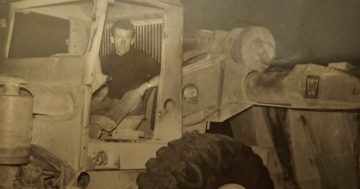
Fred Nichols, John Bartell and Rogan Corbett with their original Land Rovers outside the Cooma Car Museum. Photo: James Coleman.
“It’s bulls***.”
I’ve come to Cooma, base for the Snowy Hydro Scheme, to answer a question that’s long hung over one of the modern world’s greatest civil engineering wonders – and it seems I have my answer. And it’s clearly not “LandCruiser”.
But first, some context.
The Snowy Hydro Scheme, spanning Tumut to Jindabyne, consists of eight power stations, 16 major dams, 80 kilometres of aqueducts and 145 kilometres of interconnected tunnels.
Between 1949 and 1974, more than 100,000 people from more than 30 countries worked on the project, scattered across more than 100 temporary camps.
But taking these workers from their freezing canvas tents to where they needed to be in the mountains – still freezing but also keeping warm by burrowing tunnels and blowing up stuff – was the Land Rover.
Or should that be the Toyota LandCruiser? I’m never quite sure.
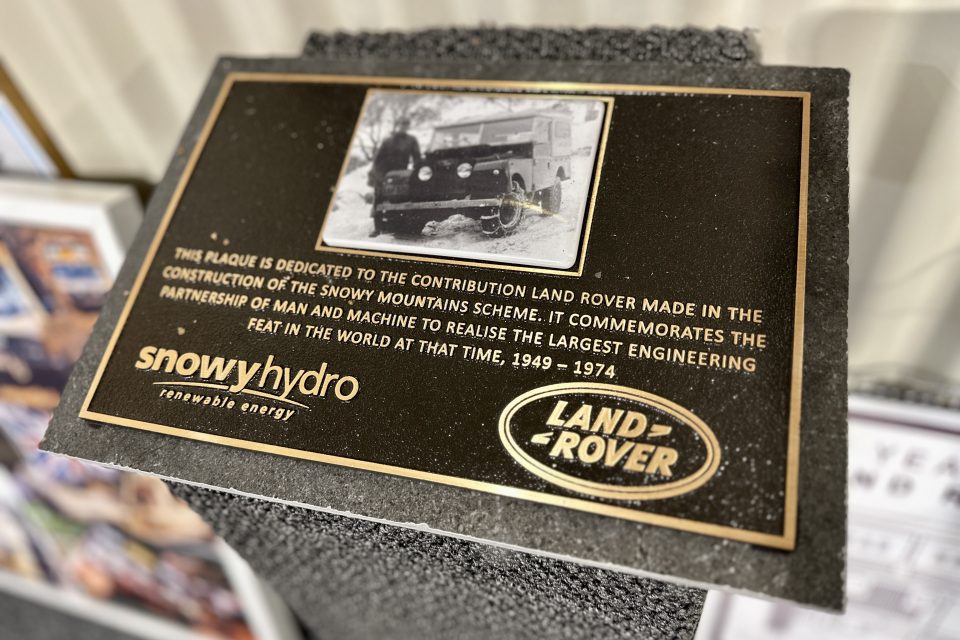
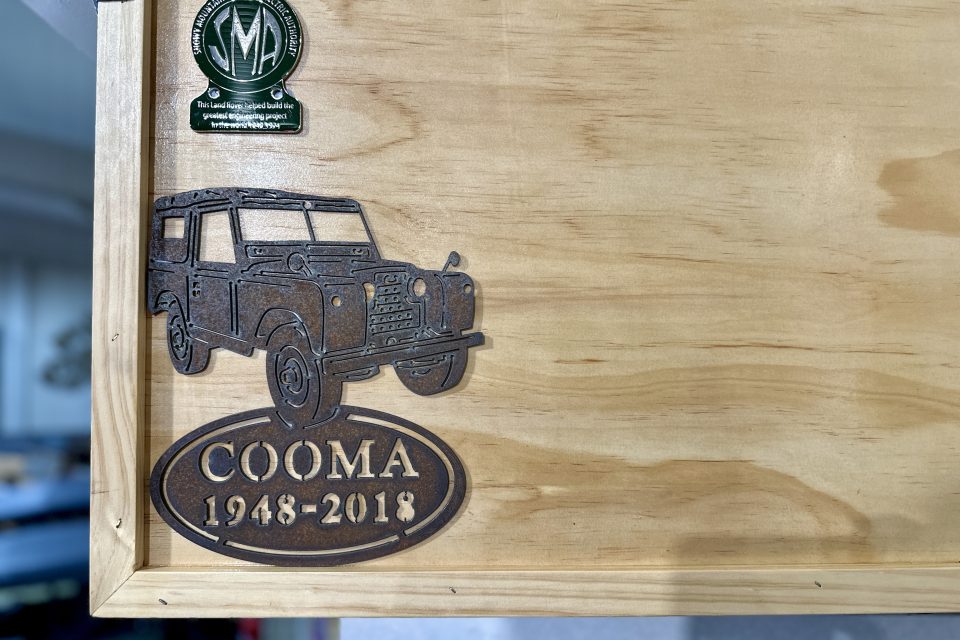
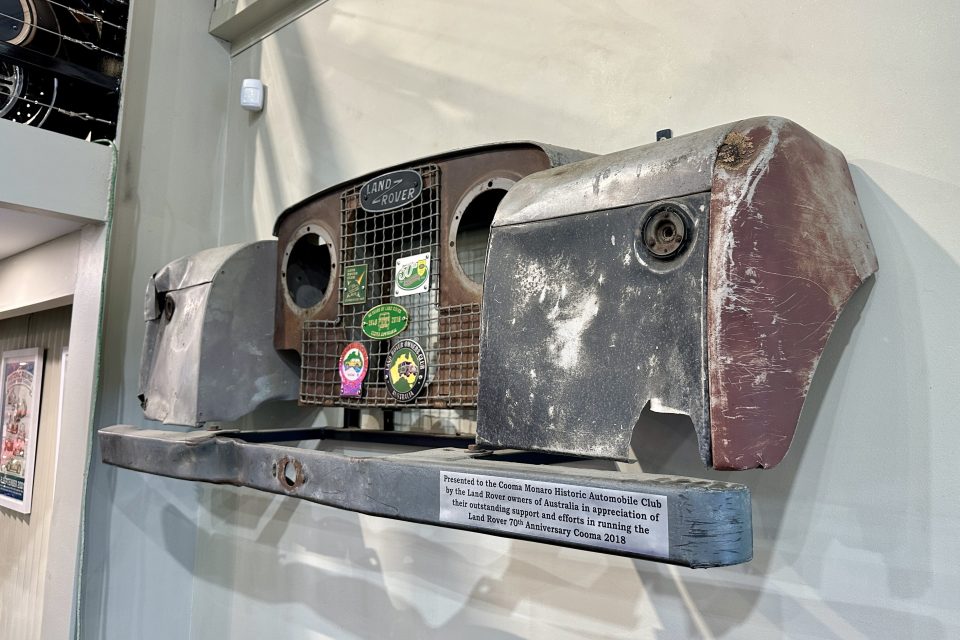
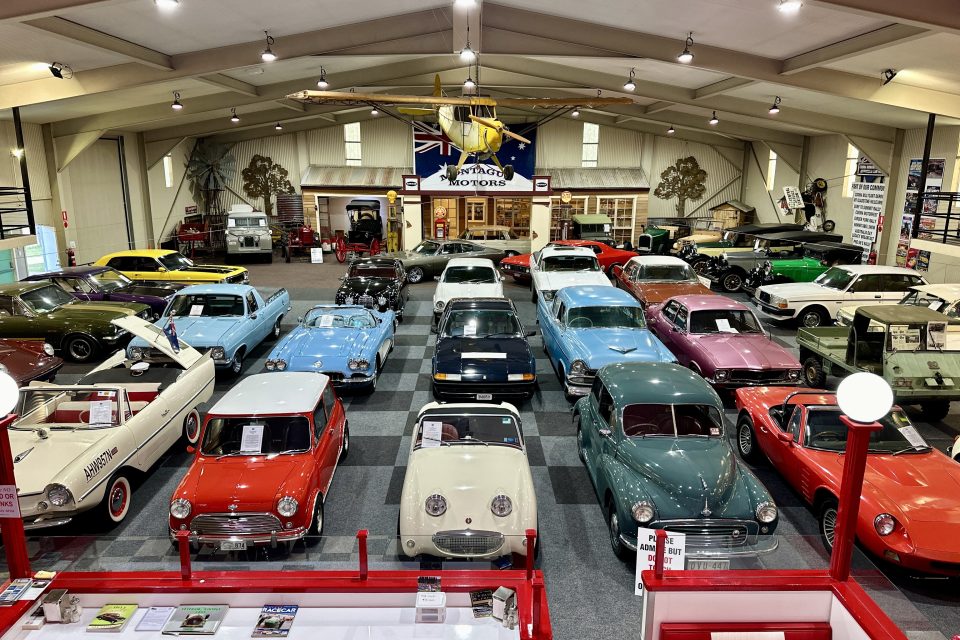



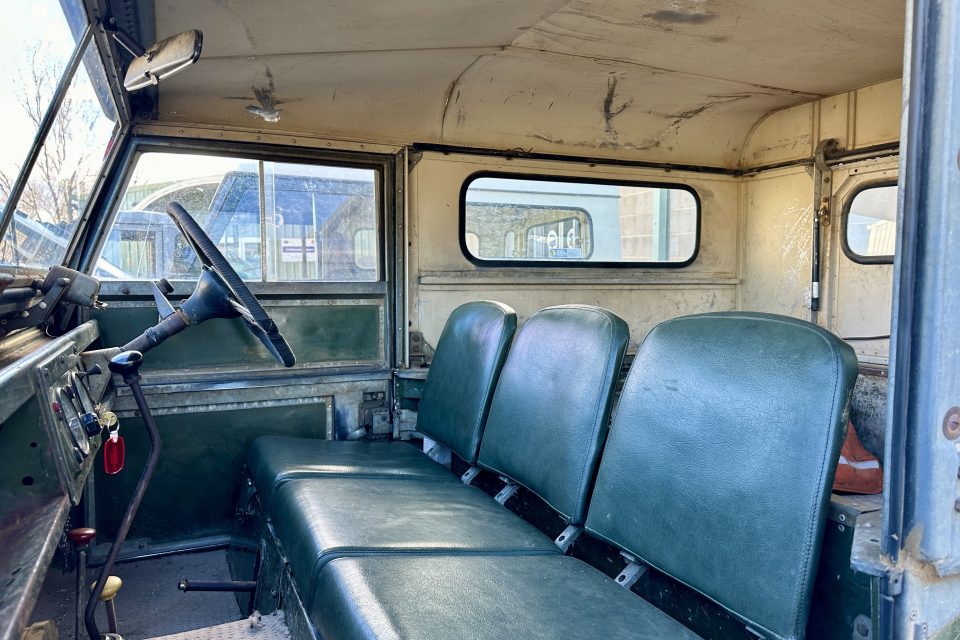
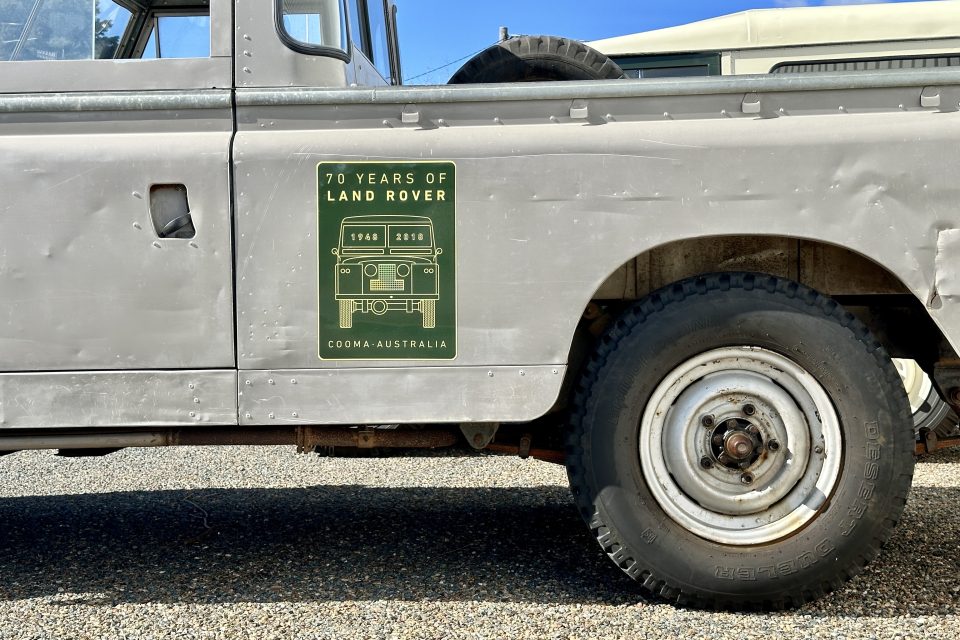
To be fair, I’ve asked the owner of a 1961 Land Rover Series 2 – gleaming green like it were new – and an unapologetic “Land Rover nut”. So it’s a bit like asking the Pope if he’s Catholic.
But John Bartell, also vice-president of the Snowy Scheme Museum in Adaminaby, makes a good point.
The first batch of Toyota LandCruisers – ordered by the construction magnate in charge of the scheme, Sir Leslie Thiess – didn’t come along until 1958. Which means the initial forging of paths through the untamed wilderness was largely done by more than 700 Land Rovers.
“The LandCruisers came in after all the hard work – all the roads – were done,” John says. “They pretty well drove on black roads.”

John Bartell’s 1961 Land Rover Series 2. Photo: James Coleman.
I’ve met John, as well as Fred Nichols and his 1957 Land Rover Series 1 with its patina of rust and dirt, at the Cooma Car Museum.
Opened in February 2022, it was an intense labour of love by the local Cooma Car Club to provide a place to store members’ cars and a meeting ground for the many car clubs that frequently roar through the picturesque roads of the Snowy Mountains.
Inside, at the top of one of the mezzanine floors, there’s a small shrine to Land Rover, including a metal plaque commemorating “the partnership of man and machine to realise the largest engineering feat in the world”.
The Cooma Car Club also runs Land Rover “grand parades” through the town’s streets whenever the car celebrates an important anniversary, most recently last year for its 75th.
For today’s meeting, vice-president Rogan Corbett has wheeled out the museum’s Land Rover ute, complete with a hole in one of its aluminium panels from a bull’s horn.
This is all good – I’m among friends. Because I’m about to test their resolve. There’s another controversy that needs settling.
I’m here in the new Land Rover Defender 130.
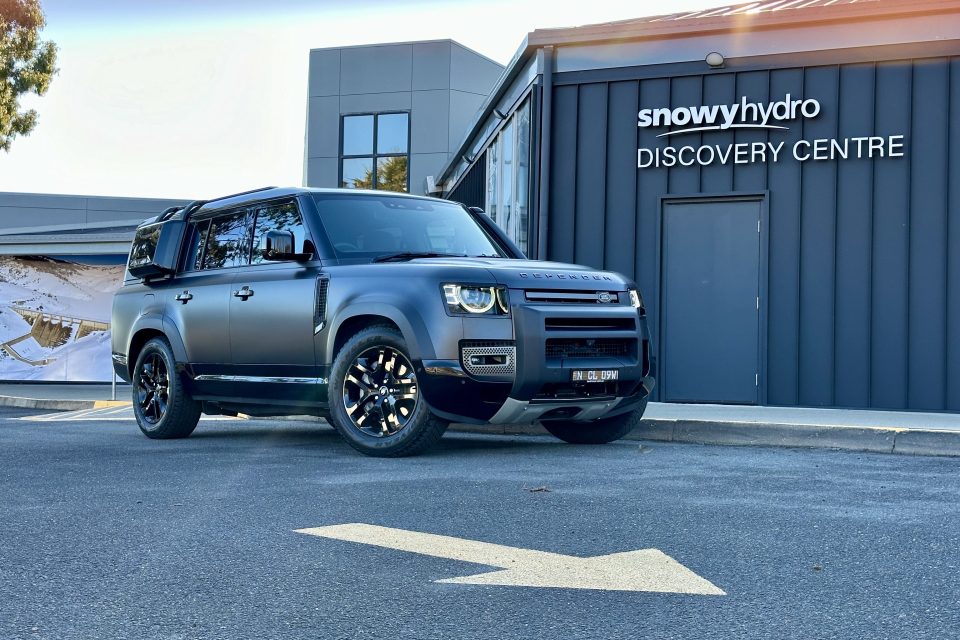
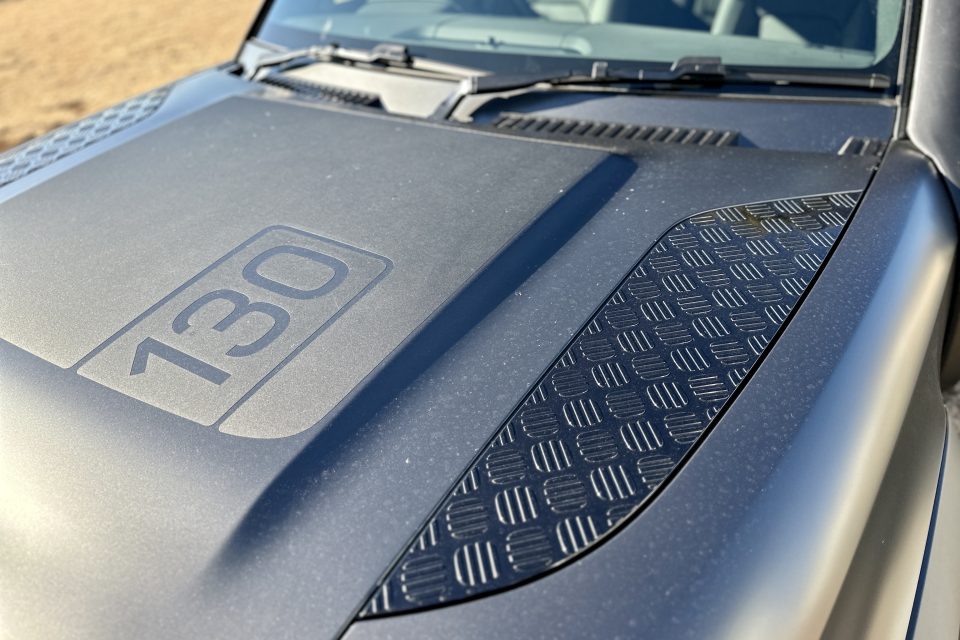

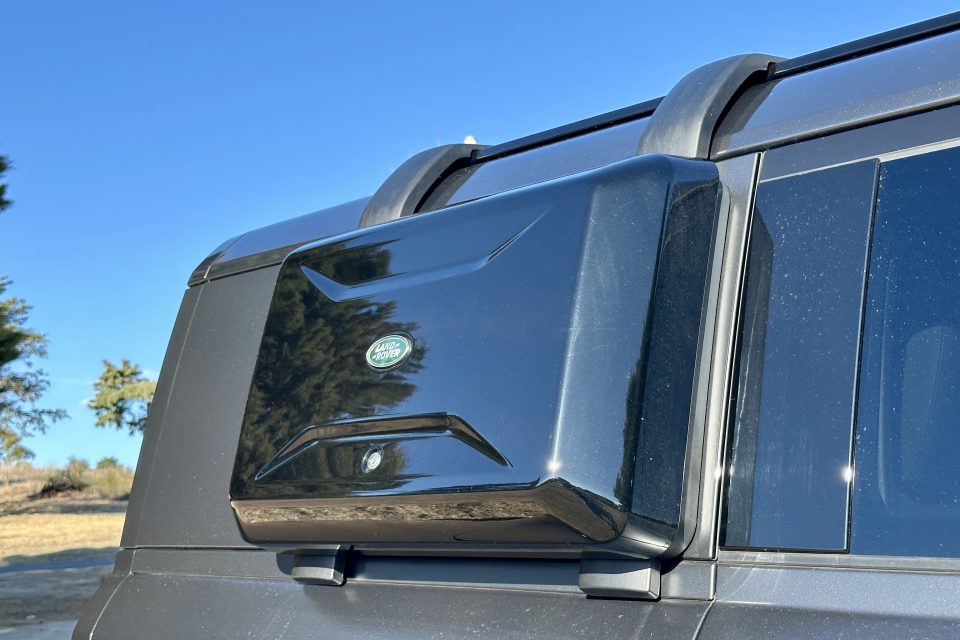


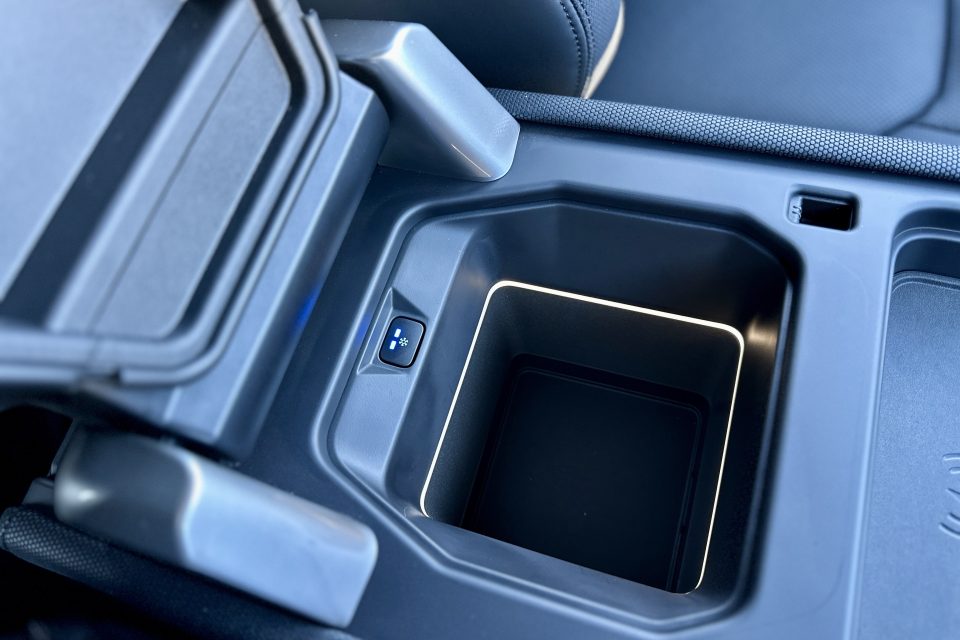
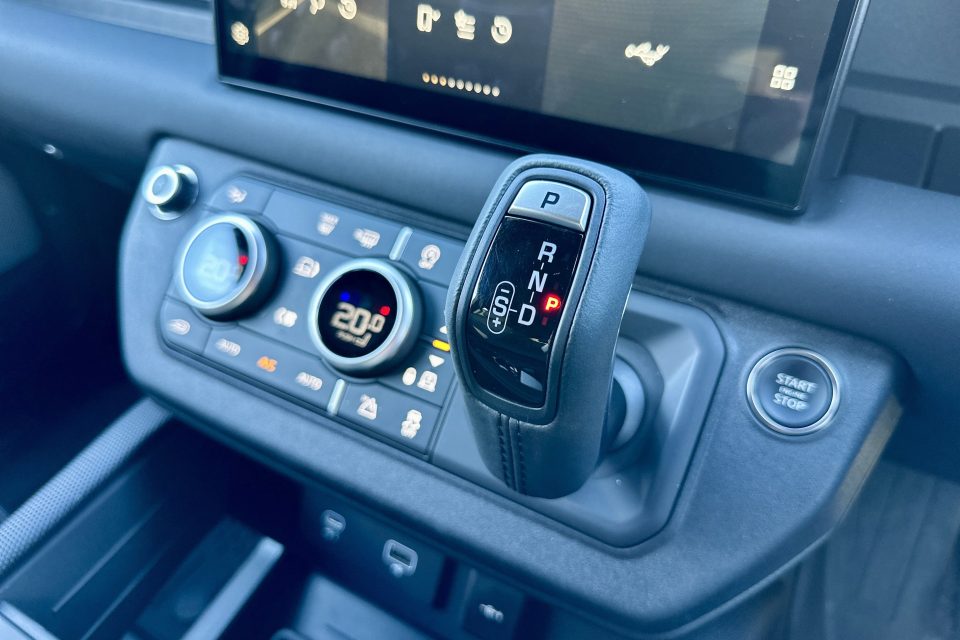

The Defender has always been the most rugged model in the modern Land Rover line-up, the spiritual successor to the original. So in 2020, when it ditched its rivetted body panels and round lights for a softer, more luxurious edge, many diehard fans were unimpressed.
One, Sir Jim Ratcliff in the UK, was so unimpressed he decided to remake the old Defender, and we ended up with the INEOS Grenadier.
The traditional naming convention remains. The four-door Defender 110 measures 110 inches between the wheels and the smaller Defender 90, with two fewer doors, measures 90 inches.
So you know what to expect from this year’s new, longer model. But no – it turns out ‘Defender 127’ doesn’t have quite the same ring to it.
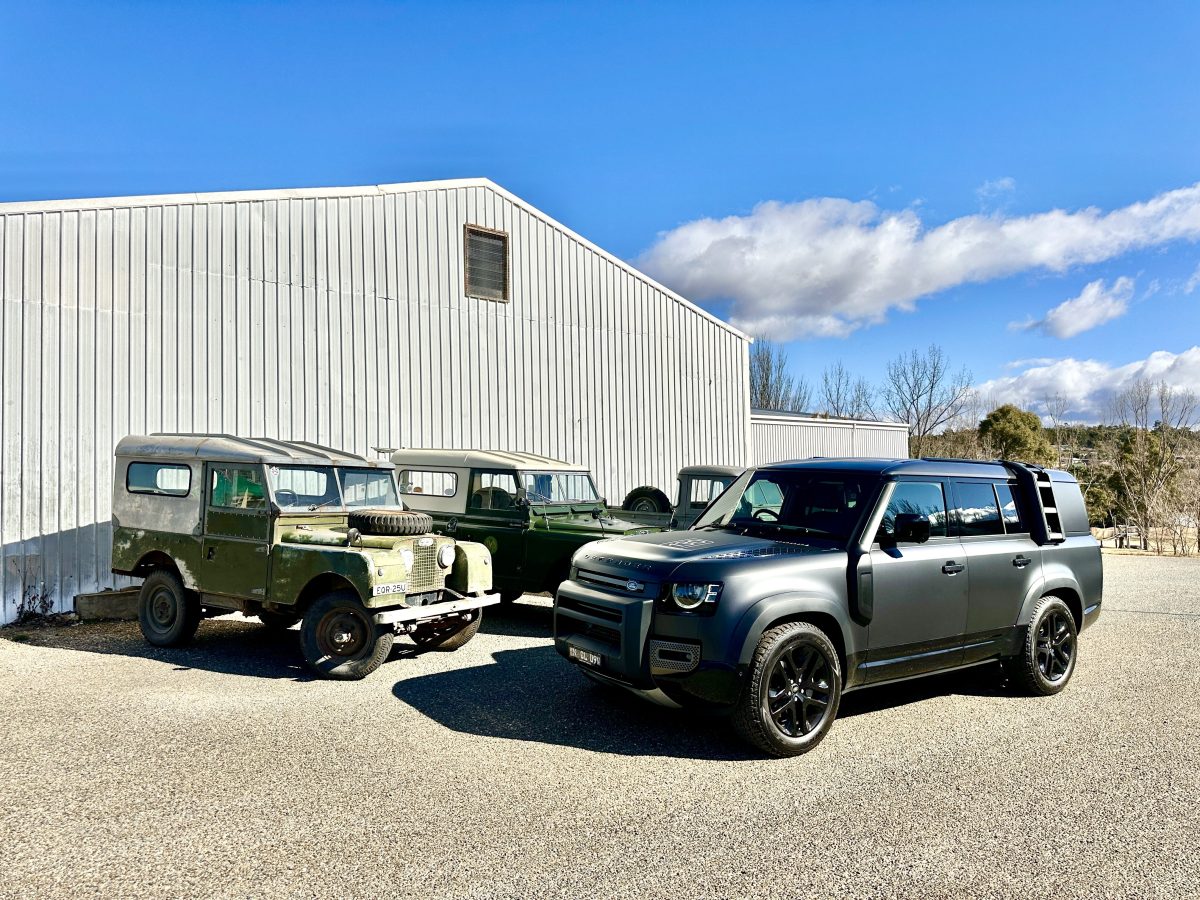
Yep, it’s enormous. Photo: James Coleman.
Having old and new in one place, right next to each other, the family genes are clear. The curved window line, the sheared-off rear end, the quaint lights, the hollowed out dashboard. Heck, even the chequer plates on the bonnet. It’s cool and retro, without going over the top.
Certainly, John, Fred and Rogan are all very interested and their phones soon fill with photos of it.
“I just can’t justify the price,” John says.
Mine is the Outbound model, which blacks out the rear-most windows and does away with the three extra seats in the boot.
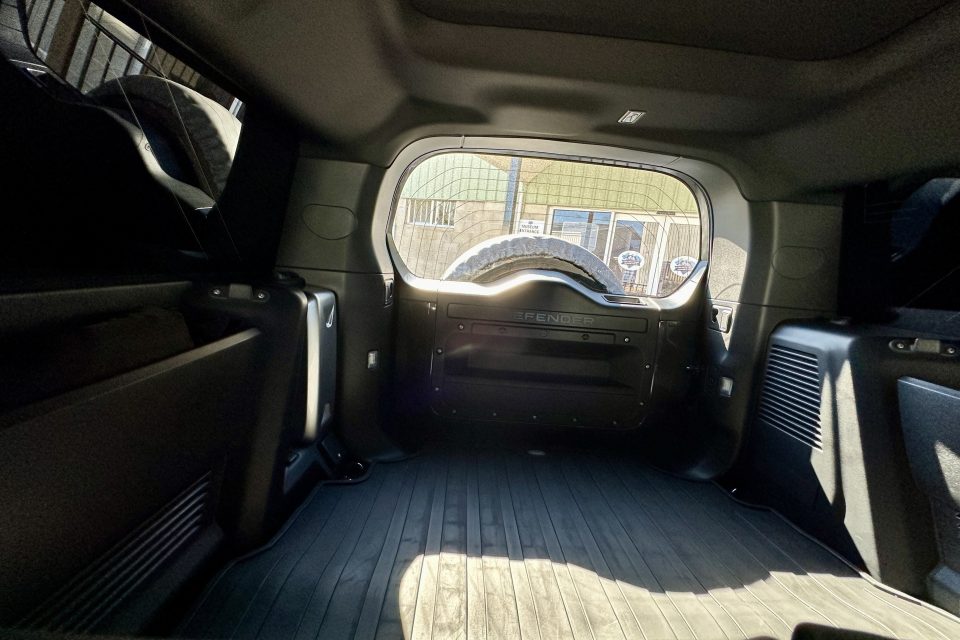
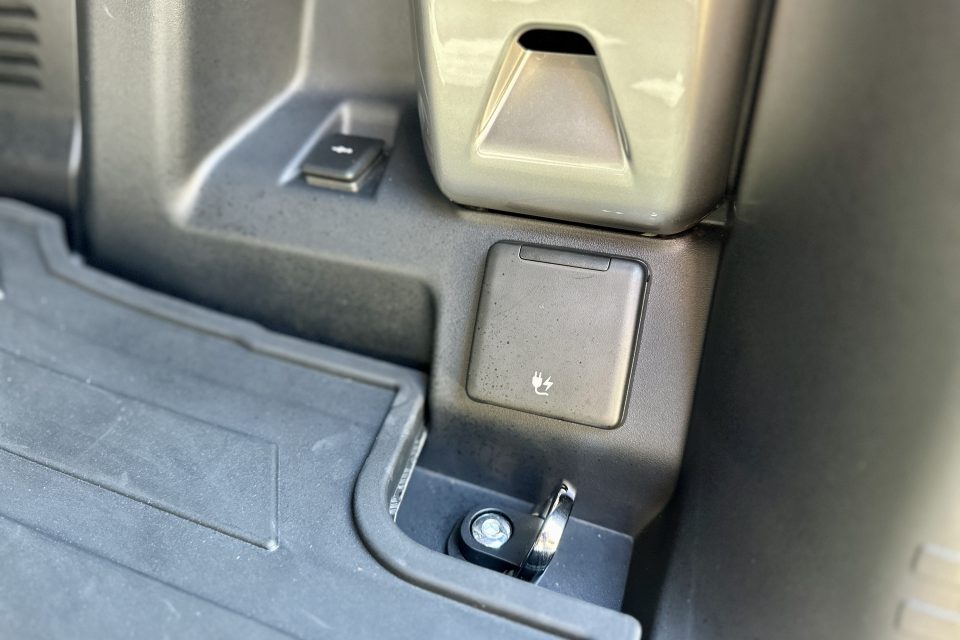


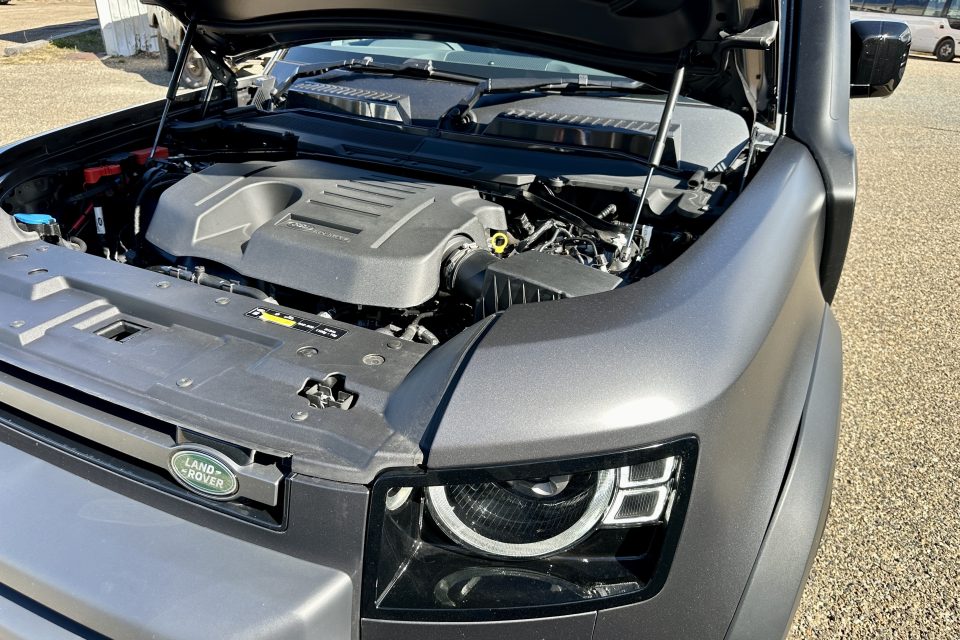
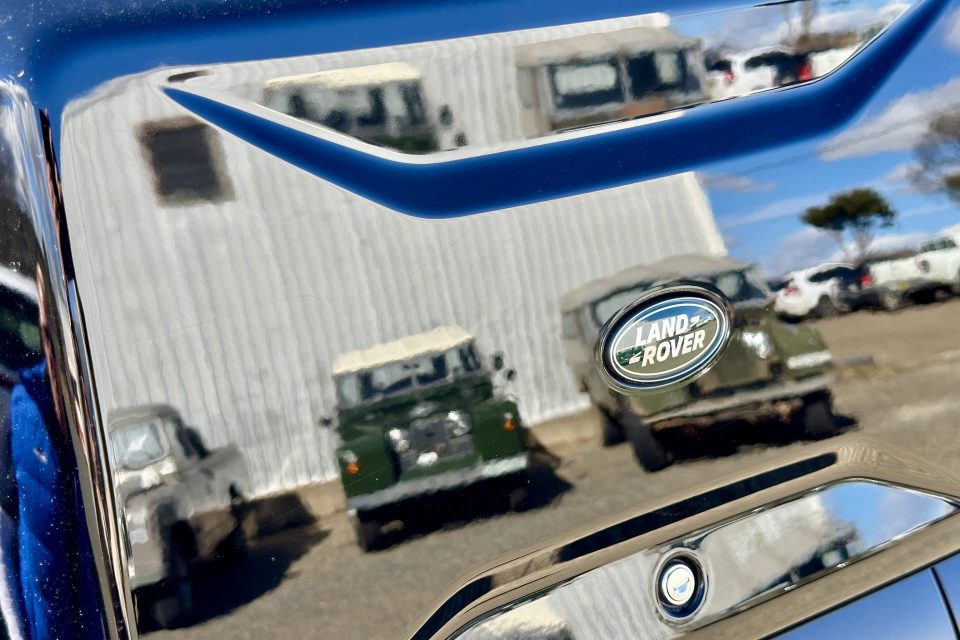

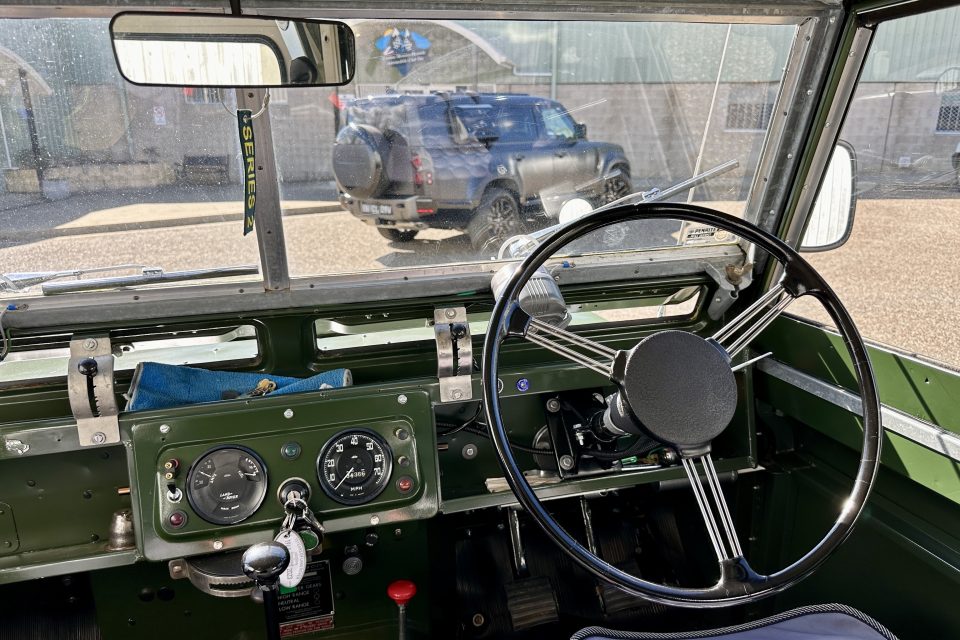
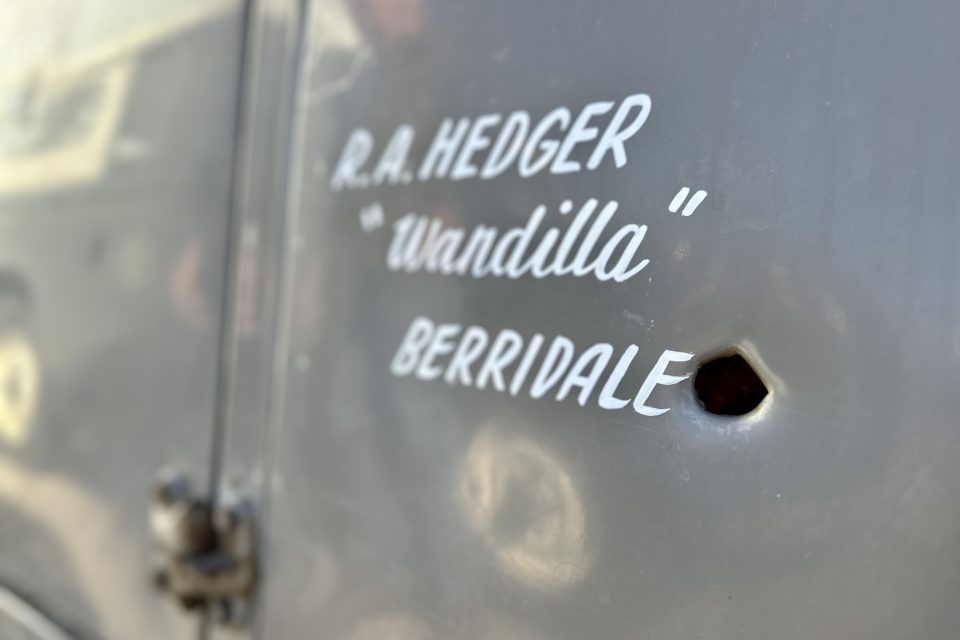
Underneath the bonnet is a mighty three-litre petrol inline-six with electric assistance to fill in any lag from the enormous turbocharger.
This starts at $136,870, but throw in the Towing Pack 2, Off-Road Pack, Comfort and Convenience Pack (with its refrigerated centre-console box), and other niceties like an interior rear-view mirror that doubles as a camera, remote-control winch under the front numberplate, “deployable” roof ladder, side-mounted gear carrier and a matte black ‘130’ bonnet decal, and you’re looking at $168,391.
I have just one question remaining. If the original Land Rover was so good at its job, why did the LandCruiser take over to become Australia’s undisputed king off the road?
John has a theory here.
“I learned to drive in a Land Rover on my grandfather’s farm, and whenever we’d go off the main track and into the paddocks, he’d tell me to put it in four-wheel drive to split the load of the motor over all four wheels,” he begins.
“But a lot of people who joined the Snowy Scheme hadn’t done a lot of off-road work, and being in a vehicle with great ground clearance – a lot more than they’re used to – thought they had a really robust machine and just left it in two-wheel drive.
“You get a wheel off the ground or something like that, you break a lot of axles.”


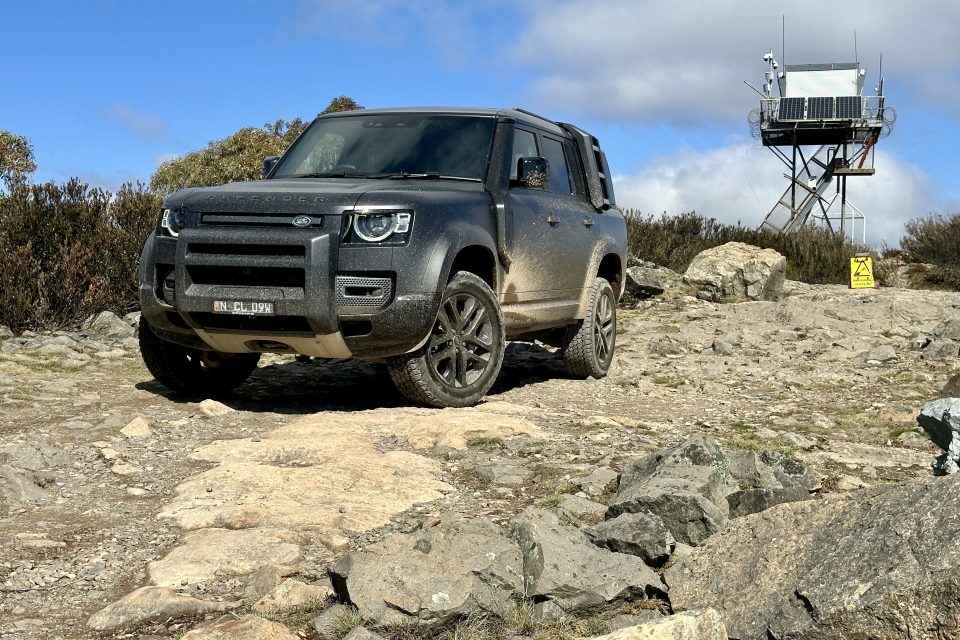
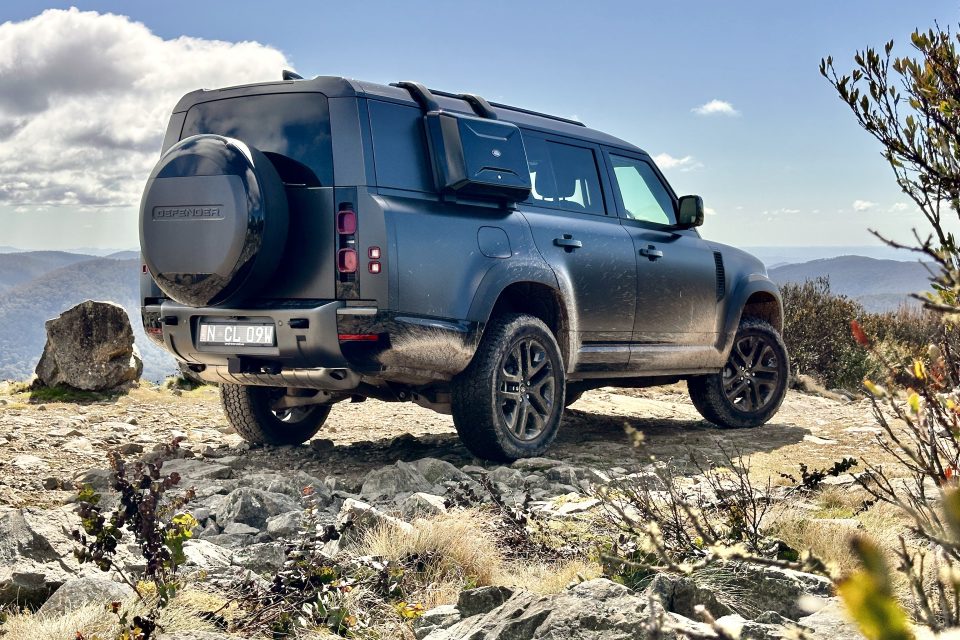
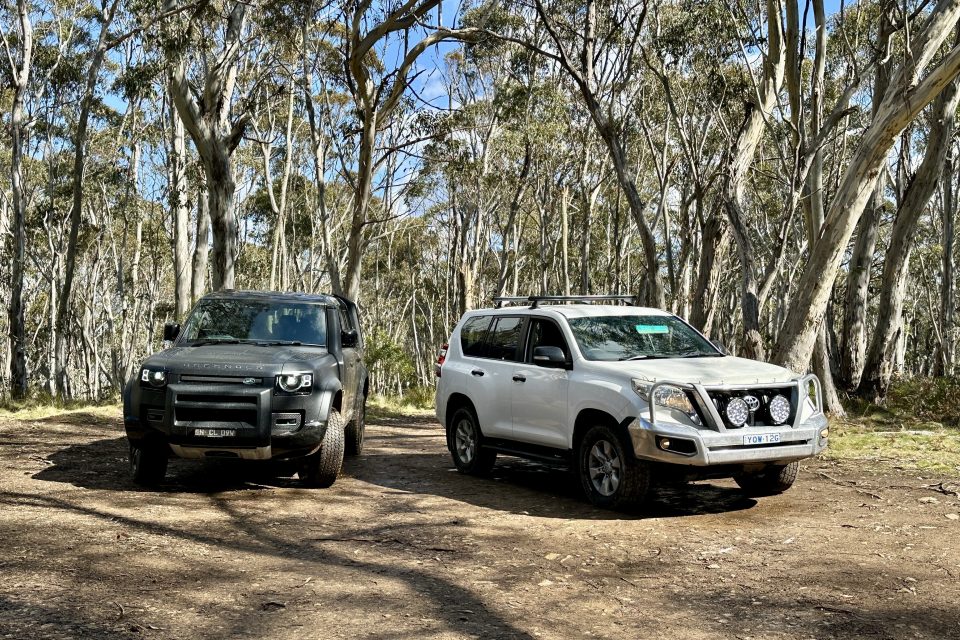

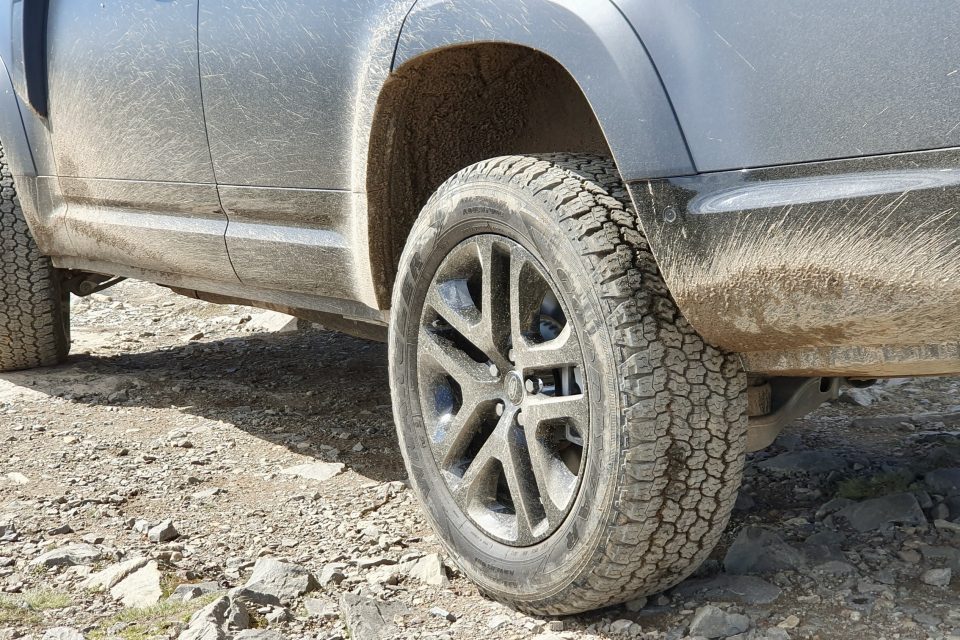

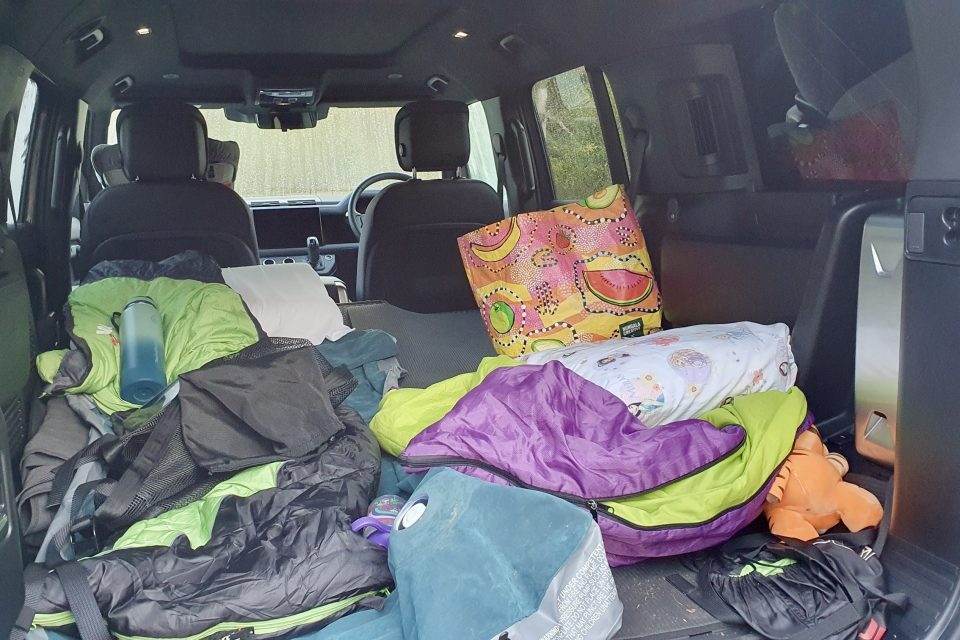
User error, in other words. But whatever the reason, I can confirm this is not an issue in the modern Land Rover.
In a sort of a rerun of the Snowy Hydro battle, I accompanied my uncle’s LandCruiser Prado on an expedition to the holy grail for the ACT’s serious off-roaders – the track to McIntyre’s Hut Campground. Rocky, rutted, and after a bit of rain, really quite slippery.
The Defender 130 had floated along the highway, and despite the sheer enormity, shrunk around me through the city. Now, with the ‘Grass/Gravel/Snow’ mode and low-range gearbox engaged, I can say it handles the rough stuff with just as much aplomb.
The 1329 litres of boot space meant that, unlike Snowy Hydro workers, I didn’t have to tent at the end either.
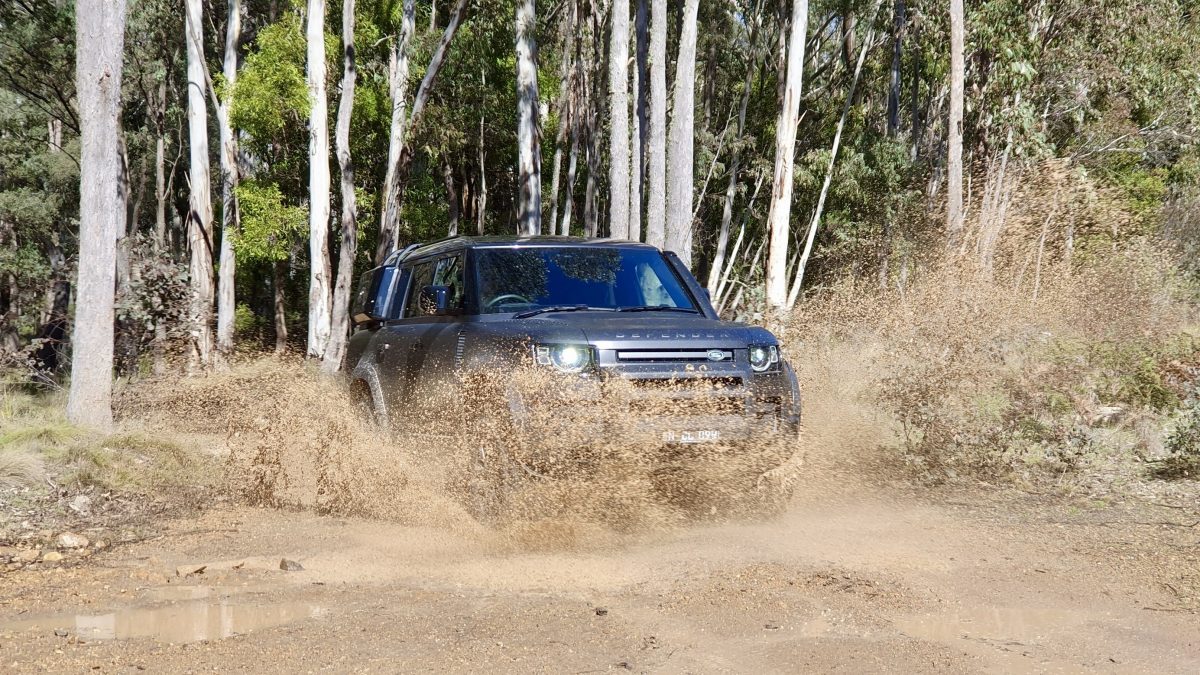
Glorious mud. Photo: Tim Coleman.
2024 Land Rover Defender 130 Outbound P400 MHEV
- $136,870 (RRP)
- 3-litre inline six-cylinder turbocharged petrol, mild hybrid, 294 kW / 550 Nm
- 8-speed automatic, all-wheel drive (AWD)
- 0-100 km/h in 6.6 seconds
- 9.6 litres per 100 km claimed fuel consumption, 90-litre tank
- 2620 kg kerb weight
- 5-star ANCAP safety rating.
Thanks to Jaguar Land Rover (JLR) Australia for providing this car for testing. Region has no commercial arrangement with JLR Australia.
Original Article published by James Coleman on Riotact.







